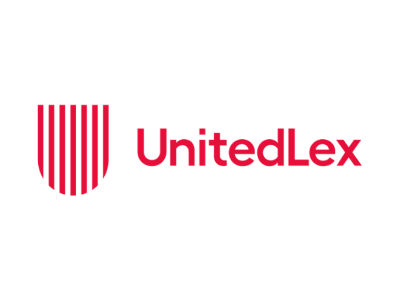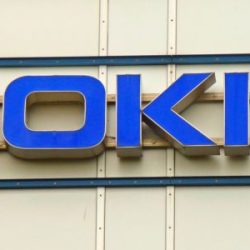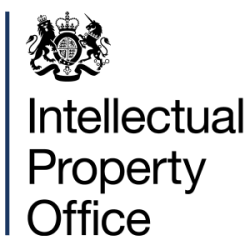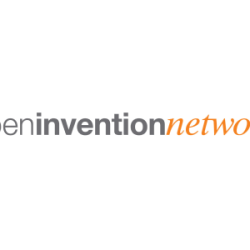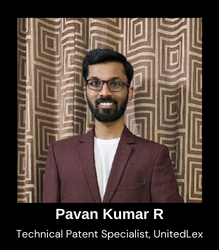 On 5th January 2023, Amazon was hit with its first patent lawsuit (3:23-cv-00057) of this year by BSD Crown Ltd., formerly known as Emblaze (2001-2014) and GEO Interactive Media Group (1995-2001). Currently, BSD Crown is involved in Food Retail Industry, but the patent-in-suit was filed in March 1999 while the company was known as GEO Interactive Media Group Ltd.
On 5th January 2023, Amazon was hit with its first patent lawsuit (3:23-cv-00057) of this year by BSD Crown Ltd., formerly known as Emblaze (2001-2014) and GEO Interactive Media Group (1995-2001). Currently, BSD Crown is involved in Food Retail Industry, but the patent-in-suit was filed in March 1999 while the company was known as GEO Interactive Media Group Ltd.
GEO Interactive Media Group Ltd, headquartered in Israel, was a leading video streaming solutions provider in early 2000’s. It is known for its Emblaze Wireless solution for video streaming over 3G networks at the time. The company also delivered Emblaze A2 Video ASIC chip which enabled Samsung to deliver the world’s first streaming video cell phone in the year 2000. The patent-in-suit, US6389473B1 (‘473 patent), was granted in May 2002, claims a method for live broadcasting that enables adjustment of video quality based on changing bandwidth.
BSD claims that they innovated the novel streaming technology which is now called HTTP based adaptive bitrate live streaming. The ‘473 patent was also used in two previous patent infringement lawsuits by BSD against Apple (5:11-cv-01079) and Microsoft (3:12-cv-05422). Both lawsuits were filed in same venue, Northern District of California Court. Apple’s HTTP Live Streaming (HLS) and Microsoft’s own ‘Smooth Streaming’ technology implementations were alleged to be infringing the ‘473 patent. However, Microsoft’s lawsuit was terminated upon mutual agreement while Apple’s lawsuit went to trial. In July 2014, the Jury reached to a non-infringement verdict as HLS standards at the time were not that relevant to Apple’s systems and services at the time. The Federal Court affirmed the entered judgement.
BSD in its current complaint against Amazon & Twitch, claims that the HLS standard underwent significant changes since 2015 and claims similarity between current HLS standard and the ‘473 patented invention. The claims of ‘473 patent seems broad enough to enforce infringement by Apple’s HLS standard implementations. In general, patents like these with broader claims could be prone to potential prior arts. However, BSD might not be very much worried about prior arts as the same patent was deemed valid in one of its previous litigations against Apple.
BSD also claims similarities with MPEG-DASH standard implementations which violate BSD’s right under the ‘473 patent. The core functionalities disclosed in Claim 1 of the ‘473 patent is related to providing, dividing, encoding, and uploading/downloading of data streams which would mostly be implemented in any of the current live streaming technologies. Further, BSD also claims that Defendant had knowledge of ‘473 patent by 2015 or earlier. They provided prosecution history of Amazon’s US9703594 patent in their complaint. The ‘594 patent was filed in March 2015 by Amazon and was granted in July 2017. During prosecution phase, Examiner cited the ‘473 patent as primary reference for rejections at multiple instances either alone or in combination with other references. This suggests that Amazon was aware of adaptive multi-bit rate technology of the ‘473 patent. Interestingly, the ‘594 patent was lapsed by Amazon without any payment of maintenance fee.
With respect to Accused Products/Instrumentalities, BSD alleges Amazon’s AWS Elemental Media Services & AWS Elemental Live services and Twitch’s Live Streaming service as Infringing services. Amazon’s AWS services seem to be using HLS and MPEG-DASH standards while Twitch is implementing HLS standard for their corresponding live streaming services.
As the ‘473 patent survived the invalidity challenges during its previous lawsuit against Apple, the lawsuit against Amazon would mostly rely on the potentiality of BSD proving the infringement by Amazon services. In my opinion, BSD got a strong case against Amazon considering BSD’s litigation history with the same patent. Although the past verdict was not in BSD’s favor, the fact that BSD went against Amazon & Twitch with the same patent using same standard’s latest versions gives some indication on the strength of the case.
“Patents like these which can be mapped on to any standard implementations are the most preferred litigation candidates provided that the mapped standards are not royalty free standards”. It enables Assignees of those patents to scale their litigation/licensing campaigns against multiple potential target companies with little or no effort. Due to that, many of the Non-Practicing Entities (NPE) are in a constant look-out and are more interested to buy such pool of patent offerings that could be relevant to standard implementations.
Written by Pavan Kumar R, Technical Patent Specialist, UnitedLex



